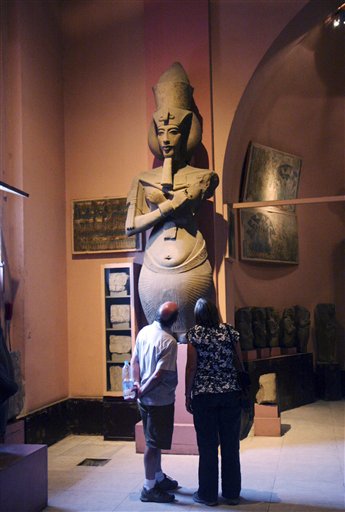
© NASA
Photos newly released by NASA this February show the most detailed pictures of Pluto that have ever been taken. The Hubble telescope captured these images using its Advanced Camera for Surveys as recently as 2003. To put this in perspective, each picture is only a few pixels in size, and through computer analysis, the pictures were overlaid and enhanced to create a composite image of higher quality.
The significance of these pictures comes in comparisons. These new pictures were studied as part of a collection that included Hubble images from 1994, 2002 and 2003, as well as ground-based telescope images taken in 1988 and 2002. Among the changes observed over this time span are a doubling of the mass of Pluto's atmosphere, as well as a brightening of the North pole of the planet, and a darkening of the Southern hemisphere.
Pluto's surface has regions of different materials, resulting in the orange, white and black blotches of color. The atmosphere of Pluto is dynamic, resulting in this change in appearance. The increase in atmospheric mass is likely due to melting of nitrogen ice, which releases gas into the atmosphere.
Pluto's seasonal changes differ greatly from those on Earth. The eccentricity of Pluto's orbit makes it such that its seasons are not equal in length, since the planet accelerates as it gets closer to the sun. By comparison, Earth's orbit is relatively circular, resulting in seasons of equal length and intensity based on the tilt of Earth's axis.
One year on Pluto is equal to 248 Earth years, making each season on Pluto very long. Since its discovery, less than half a Pluto-year has elapsed.


